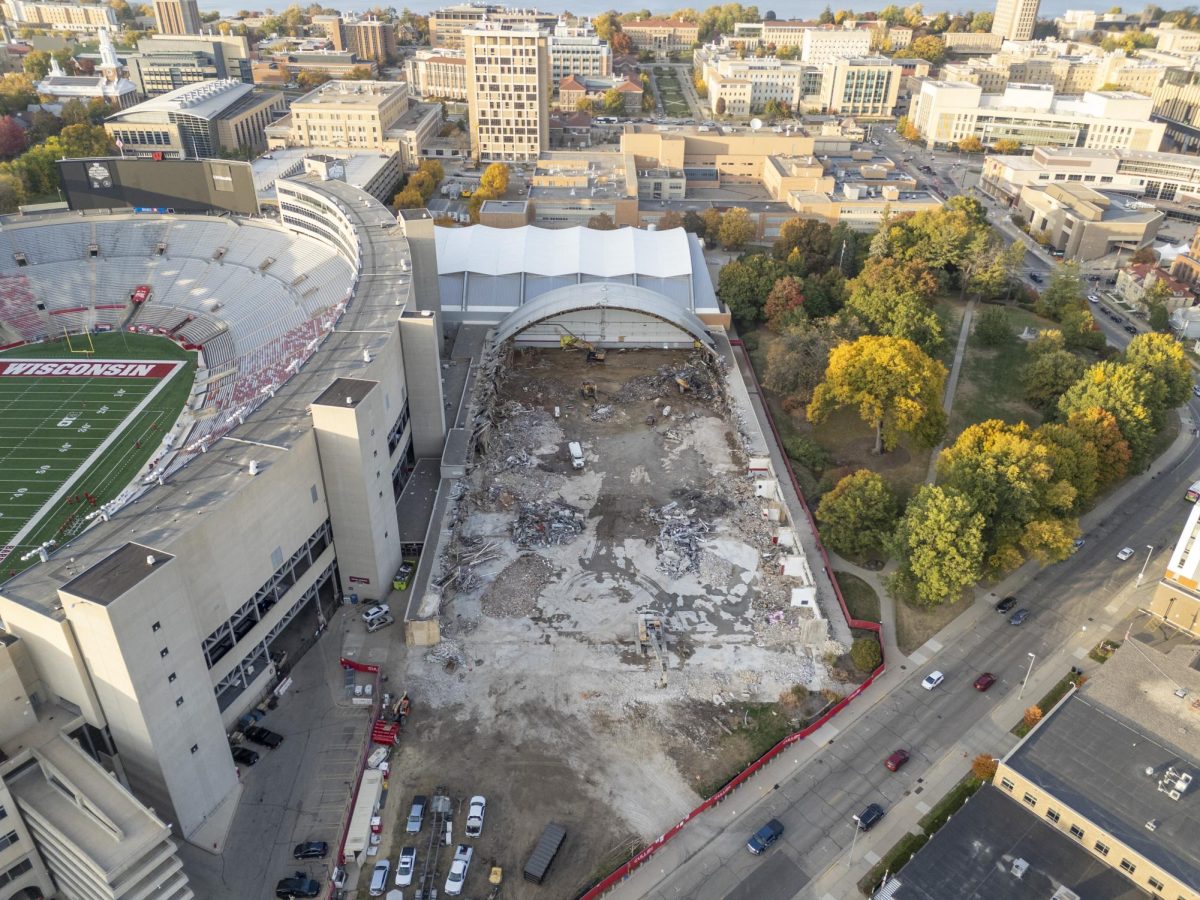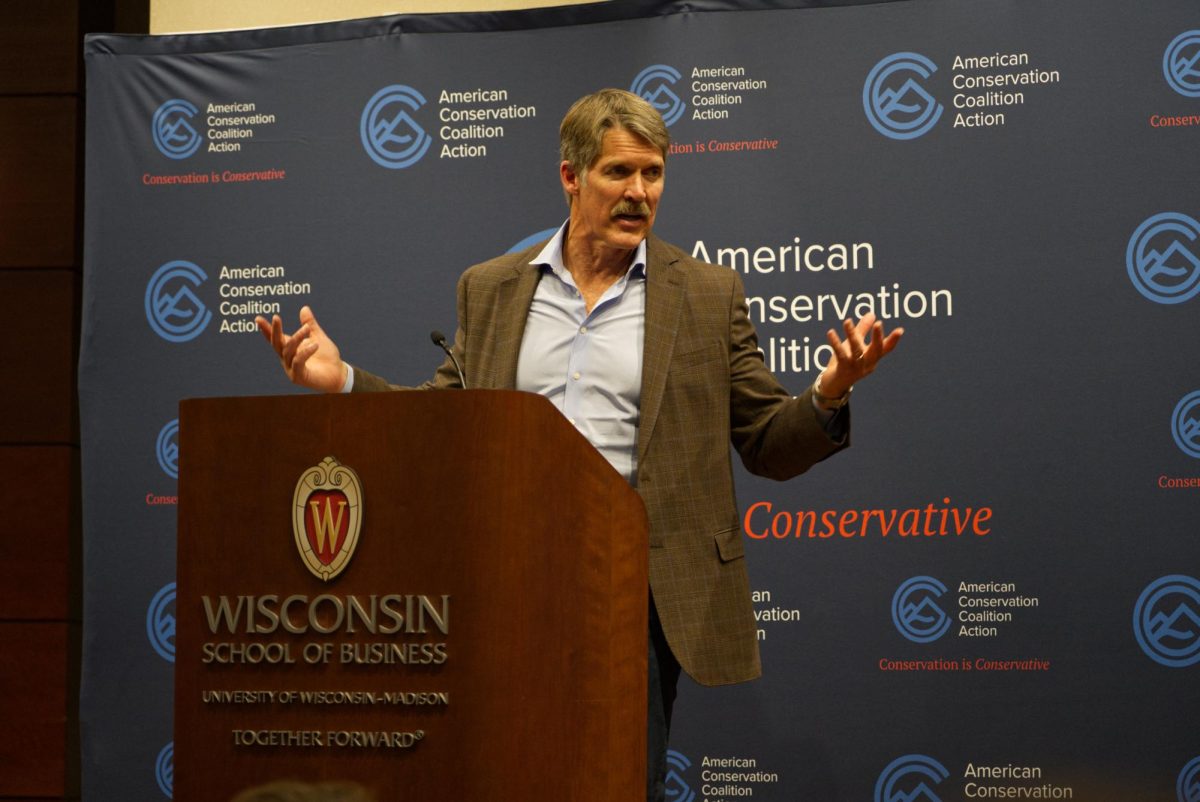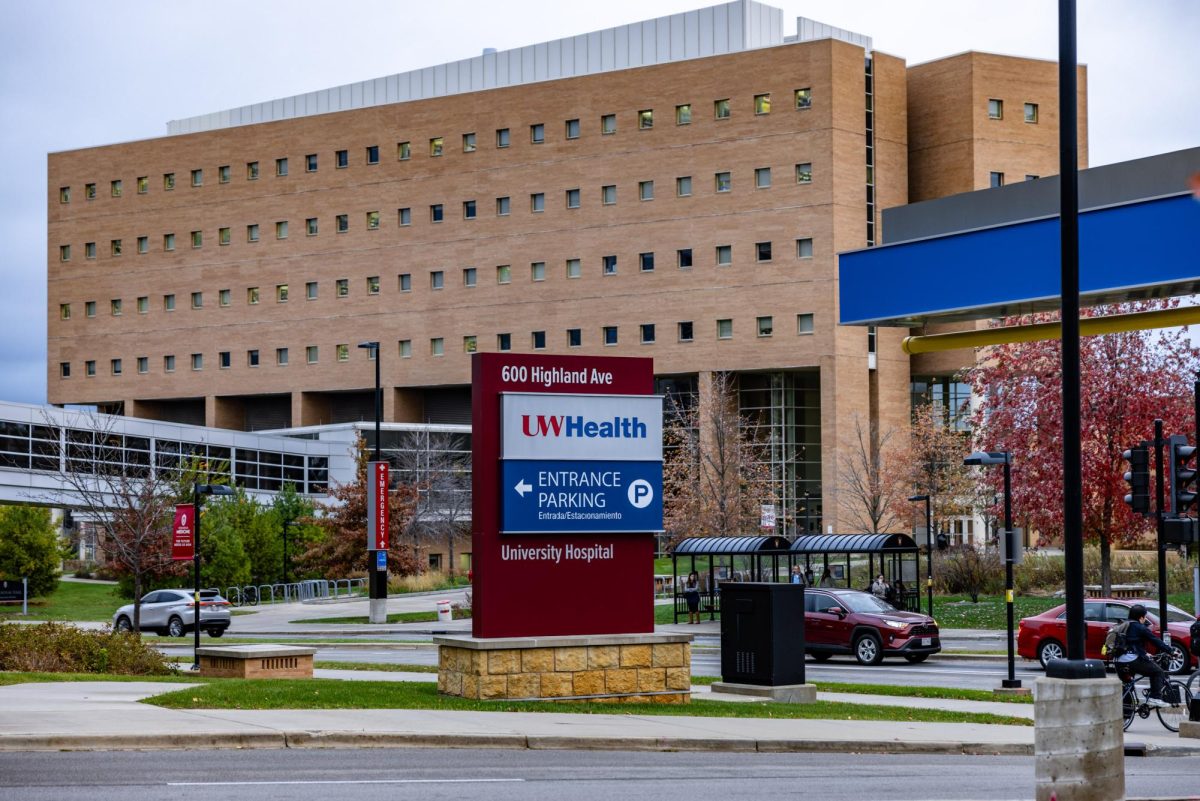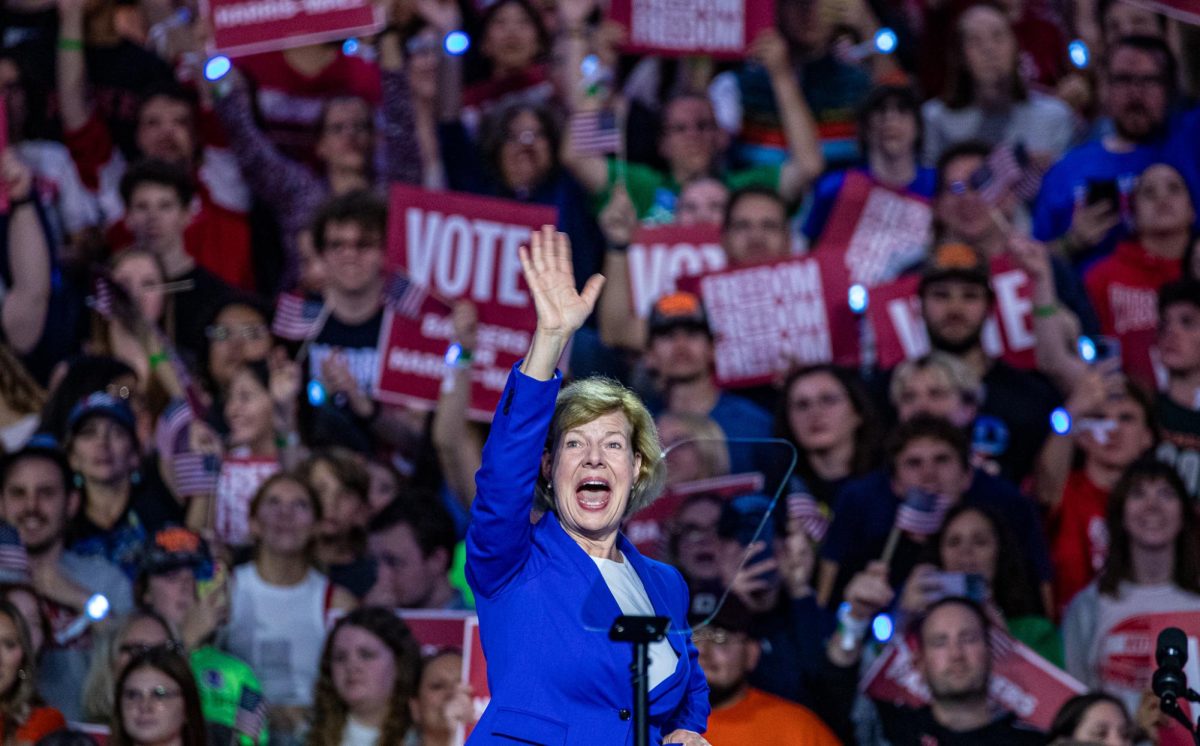An independent state nonprofit that addresses tax- and budget-related issues released figures Wednesday showing taxes among lower, middle and upper class families are unequally distributed in Wisconsin.
The report from the Wisconsin Budget Project referenced the findings in the Washington-based Institution on Taxation and Economic Policy’s “Who Pays?,” a distributional analysis of tax systems in all 50 states.
After considering all taxes citizens must pay, the tax rates boil down to 9.6 percent for the bottom fifth of Wisconsinites,10.7 percent for the middle fifth and 5.6 percent for the top one percent, the report said. It also showed these statistics are roughly mirrored in tax rate trends across the country. According to the report, Wisconsin’s system, similar to most state tax systems, tends to take more from middle- and low-income families rather than wealthy families.
ITEP’s report noted two changes made this past session affecting lower-class Wisconsinites: cuts in the Earned Income Tax Credit, which provides relief to families with children, and the Homestead Tax Credit, which provides relief for renters and homeowners.
Kelly David, ITEP’s Midwest policy director, suggested the cause for unevenness in tax rates stems from Wisconsin’s reliance on regressive taxes, a tax system in which citizens achieve lower tax rates as they make more money. She advised a greater focus on income tax.
“We have lots of options for making tax distribution more even,” David said. “We just need one that works.”
Bob Jacobson, Wisconsin Budget Project spokesperson, said the tax rate distribution may be made more even by improving the Homestead Tax Credit. According to the Wisconsin Budget Project’s statement, the changes made last session reduce credit by $14 million and their effects will continue to grow over time, since the value of a home increases annually.
Rep. Chris Taylor, D-Madison, echoed these suggestions. As a legislator who has championed the tax rates by reducing taxes on the lower and middle classes, Taylor advised Wisconsin replenish funds to the Earned Income Tax Credit and the Homestead Tax Credit.
“The bottom line is that people making between $20,000 and $65,000 a year are paying the largest share of their income on state and local taxes,” Taylor said.
Though Taylor does not yet know the details of Walker’s proposed income tax cuts for the middle class, she urged Wisconsinites to question how Walker will define middle class.
Taylor said she supports an income tax cut to the middle class but she does not support increasing taxes for the most vulnerable, which, in her opinion, is what the changes to the Earned Income Tax Credit and Homestead Tax Credit did.
Rep. Daniel Riemer, D-Milwaukee, wants to see tax cuts for honest and hardworking individuals who are unable to comfortably sit in the middle class. He thinks this will be a good way to encourage work and discourage welfare.
“We want people to pay their fair share,” Riemer said. “We ought not all pay the same percentage as a whole, but we should pay the same percentage within particular stages of income.”
With such a policy, members in different income brackets will have different tax rates, with those making less money in turn having smaller rates, Riemer said.
However, despite speculation, it remains unclear how Walker’s budget proposal will affect these tax rate figures across classes.













